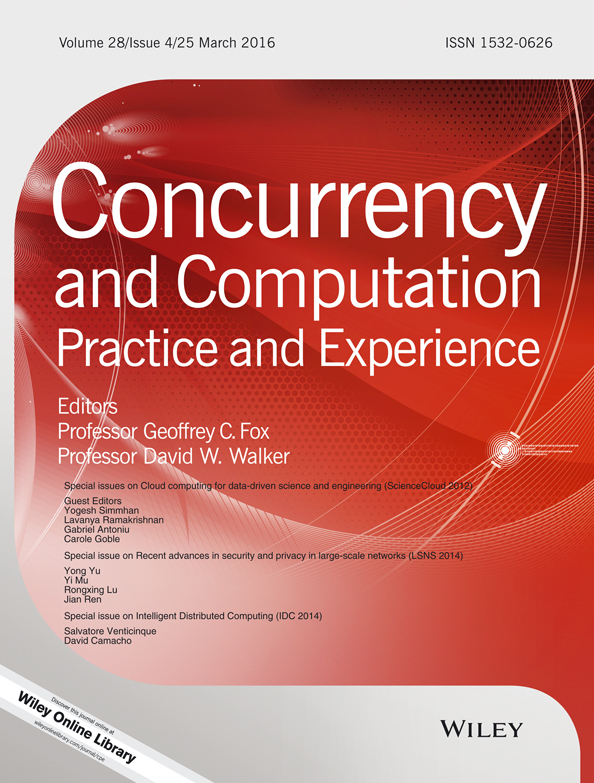A secure biometric authentication based on PEKS
Summary
Biometrics refers to metrics related to human characteristics and traits such as finger prints. How to use biometric to replace an encryption key or an identity certificate efficiently and securely is a hot topic in this big data era. In this field, secure biometric authentication is an important application, which refers to automated authentication based on their encrypted biological and behavioral traits. Searchable encryption is a powerful technology supporting retrieval for encrypted data with specific encrypted keyword index. It also has a profound meaning in the big data field. In this paper, we propose a generic transformation from searchable encryption to secure biometric authentication and construct a specific secure biometric authentication scheme based on public key encryption with keyword search (PEKS). The security of this authentication relies on the distinguishability of trapdoors and indexes in PEKS. In our scheme, the user does not need to claim the target user to authenticate in authentication message, and we change the pattern of authenticating by one bit. Compared with some existing authentication scheme, the proposed scheme is more efficient in the practical application. Furthermore, searchable encryption is an earlier cryptographic system that has relatively mature methods. Our transformation from searchable encryption to secure biometric authentication presents a new direction of constructing authentication scheme. Copyright © 2015 John Wiley & Sons, Ltd.




